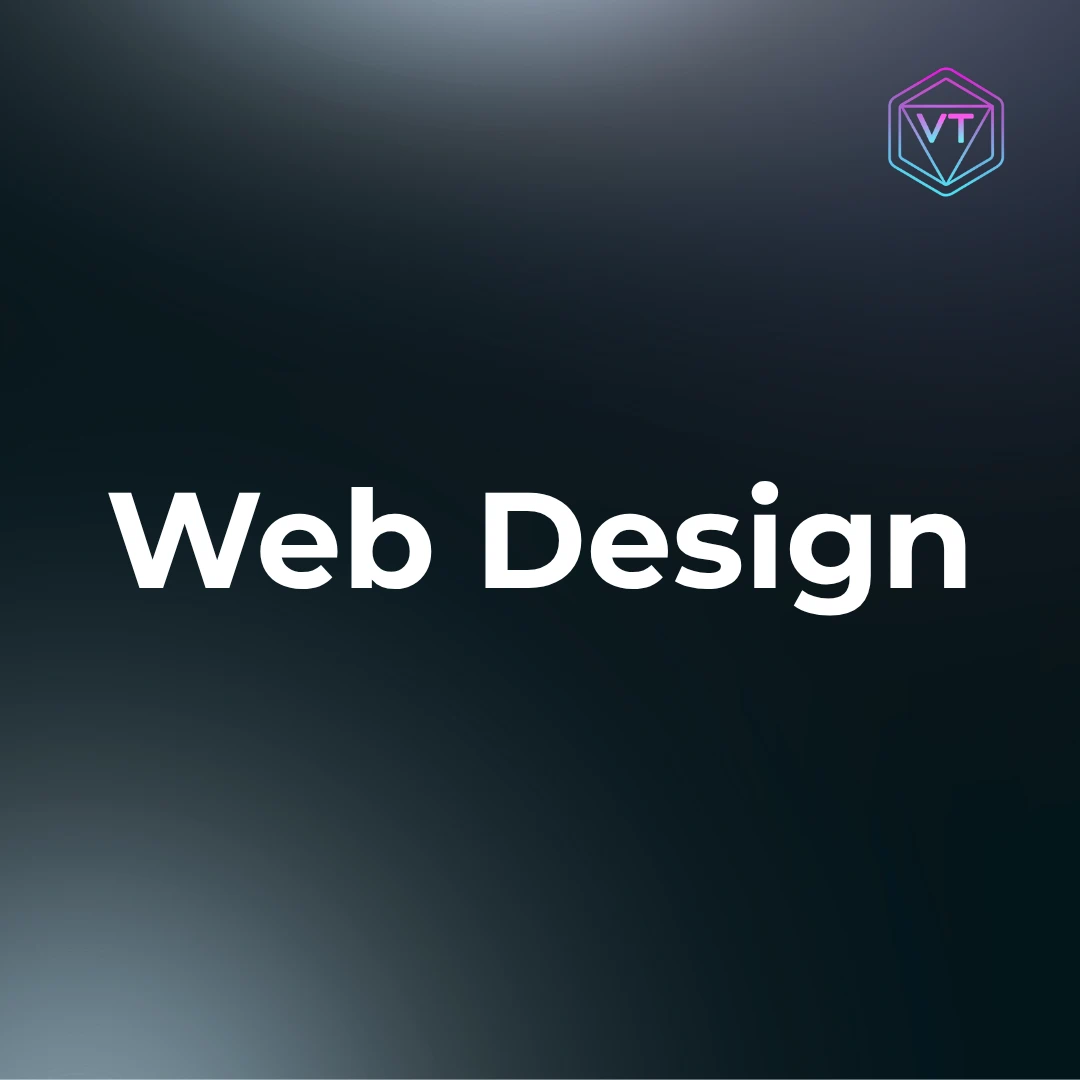Web Design •
Web Design in 2025: A Conversion-Focused System for Speed, Accessibility, and Brand Consistency

- #web-design
- #ui-ux
- #design-system
- #components
- #responsive
- #typography
- #accessibility
- #performance
- #seo
- #prototyping
- #figma
- #animation
- #copywriting
- #conversion
- #analytics
- #handoff
